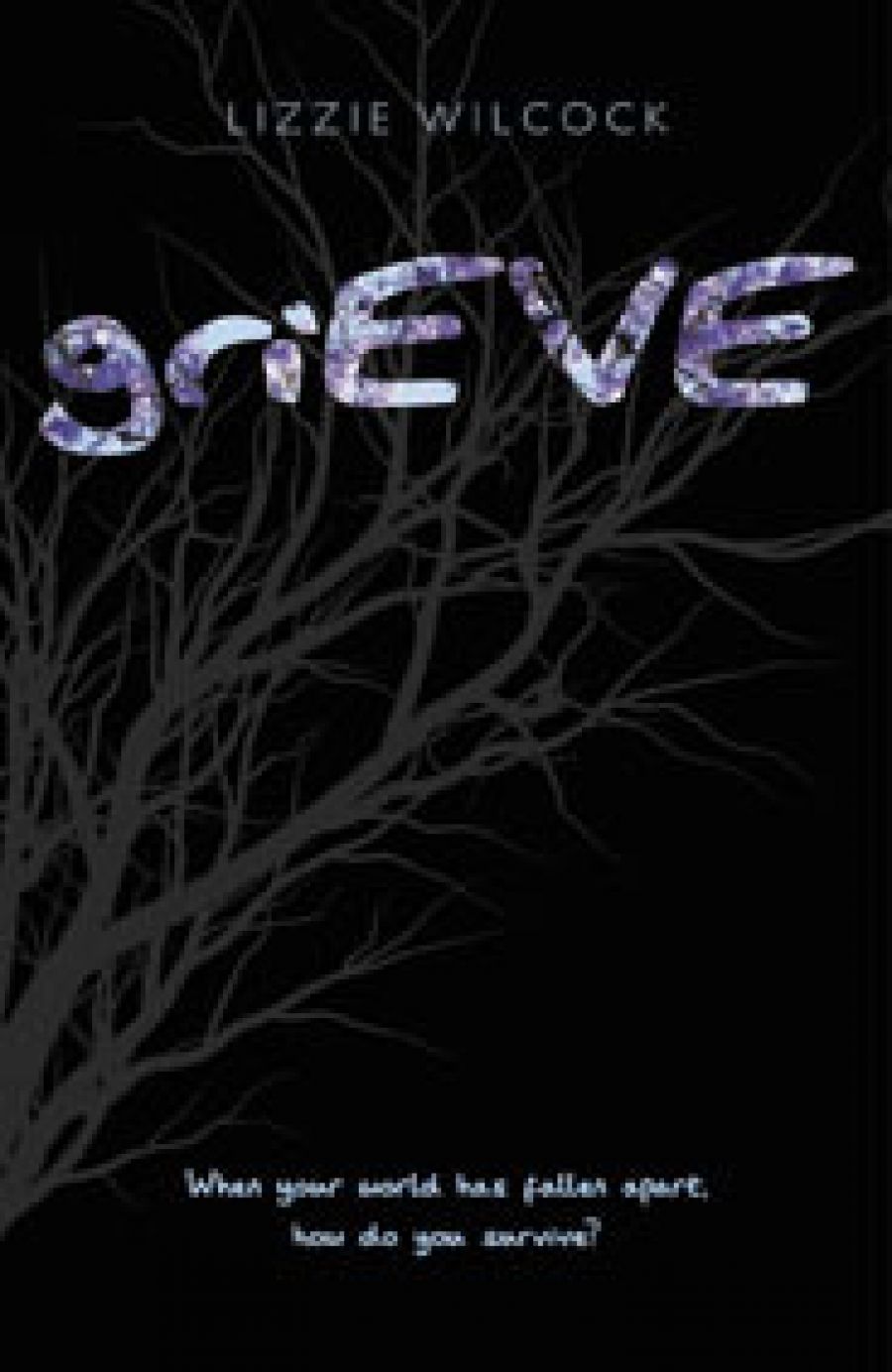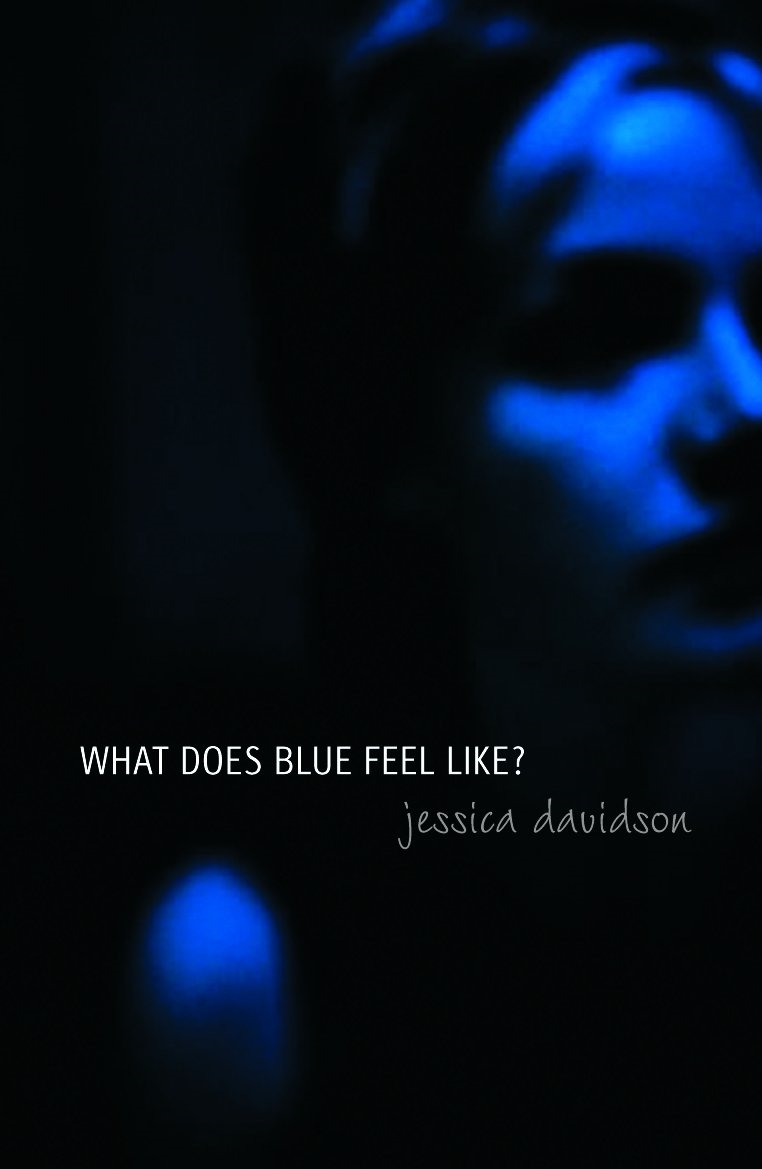
- Free Article: No
- Contents Category: YA Fiction
- Review Article: Yes
- Article Title: A brand of pain you can handle
- Online Only: No
- Custom Highlight Text:
According to a recent government survey of child and youth health, around five per cent of young people over the age of twelve suffer from a major depressive illness. Sources of such depression, according to the survey, include stressful events, trauma and heredity. Increasingly, the origin of the illness remains unknown. These disconcerting figures indicate the need for intelligent and accessible discussion about mental health in young adult literature. Both GriEVE and What Does Blue Feel Like? oblige. The first investigates the painful mechanisms of grief and mourning; the other, clinical depression triggered, amongst other things, by abortion.
- Book 1 Title: GriEVE
- Book 1 Biblio: Scholastic, $20 pb, 371 pp, 9781741690163
- Book 2 Title: What Does Blue Feel Like?
- Book 2 Biblio: Pan Macmillan, $16.95 pb, 323 pp, 9780330423076
- Book 2 Cover Small (400 x 600):

GriEVE is Lizzie Wilcock’s second novel. Her acclaimed début, Losing It (2006), while adhering to typical premises of young adult fiction – friendships, relationships, family and sexuality – also navigated into the edgier territory of adult perfidy and sexual abuse. Like Gabbie in Losing It, the eponymous fourteen-year-old Eve is a captivating girl who struggles to cope with the absence of her mentally ill mother. A loner in a parochial and strangely archetypal suburban town, Eve wades through the necessities of adolescence: the inevitable struggle to fit in at school, nagging self-doubt, first sexual experiences. Friendship beckons in the generous, albeit blithe figure of Summer, though it soon becomes apparent that she is nothing more than an imaginary alter ego with whom Eve vicariously lives out compulsions to steal from the church’s poor box and in the local shopping mall. As Eve’s insularity deepens, she dictates pleading letters to her mother.
Despite Eve’s plight, it is difficult to be wholly empathetic towards her. Suggestive though it is of Eve’s growing mental imbalance, her dichotomous personality – seesawing between sullenness and elation, curiosity and boredom, shyness and outright brattishness – makes for an exhausting journey. Sadly, it is Eve’s ignorance of her mother’s fate that hastens the manifestation of her own illness. These erratic changes in temperament are largely unnoticed by her father, who has hastily remarried and begun a new family. It is when he decides to move to this new family, including Eve, to the country that her symptoms mutate into acts of self-mutilation.
Wilcock’s depiction of self-harm, though measured, is nonetheless shocking and will make some readers feel squeamish. More disturbing is Eve’s association of self-mutilation with sexuality. This complex relationship might have produced a fascinating study, but Wilcock chooses not to develop it. Instead, she steers the reader into the didactic, particularly during scenes with Eve and her doctor. When Dr Robinson describes his recent attendance at a psychologists’ convention, Eve asks:
‘You mean there are others like me?’
‘Yes,’ Dr Robinson says. ‘You are not alone.’
Though it seems incongruous that the physician would not have extensive knowledge of adolescent self-harm, this moment, and others like it, signal the chasm between the adult and teenage characters, indicating Wilcock’s awareness of the inadequacy of public attitudes towards teen depression.
The central voice of Jessica Davidson’s free-verse novel, What Does Blue Feel Like?, belongs to seventeen-year-old Char, though the peripheral perspectives of her mother, her boyfriend and her friends, are also included. Upon this vast, chaotic canvas, Davidson takes many dabs from the palette of adolescent dysfunction, exploring anxiety, alcoholism, drug use, physical and sexual abuse, pregnancy, abortion and flirtations with suicide.
With the host of quality Australian young adult novelists writing in verse – such as Catherine Jinks, Steven Herrick and Adam Ford – the bar is raised high for What Does Blue Feel Like? The immediacy of the form, its clarity and emotive capability, coupled with provocative themes, should have made for compelling reading. But overlong, repetitive and lacking much subtlety and lyricism, What Does Blue Feel Like? reads more like an extended undergraduate poetry exercise. With stanzas such as ‘“Yes, I’m fine thanks.” / So fucking fine. / But if you looked, you’d see that lie / See how much I’m dying inside. / But you don’t know / What goes on inside my head / It’s not a nice place to be. / Would it shut up if I was dead?’, one wonders if Davidson attempted to channel her poetic sensibility at all. The material may have worked better as prose, but it is so riddled with cliché and mixed metaphor – ‘the empathy and compassion / ooze around us / like a fog’ – that the discursive issues, worthy of more sophisticated treatment, are trivialised.
This is Davidson’s first novel; she is twenty-two years old and will develop as a storyteller. Meanwhile, young readers who are seeking fiction that is more aware of its audience, genre and form may wish to bypass this novel for more cultivated alternatives.


Comments powered by CComment